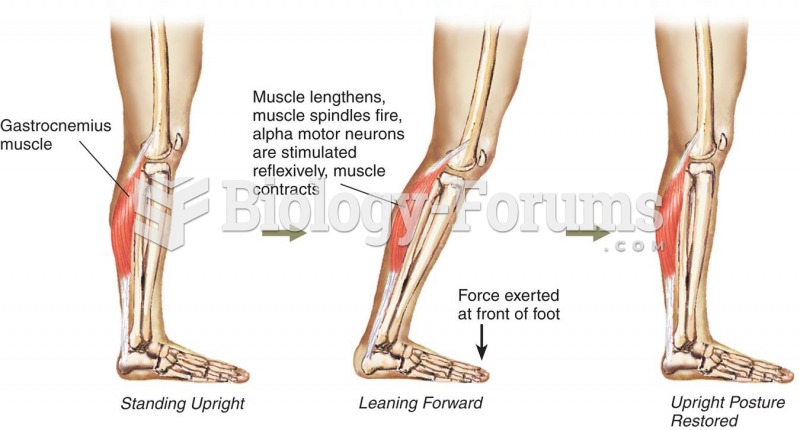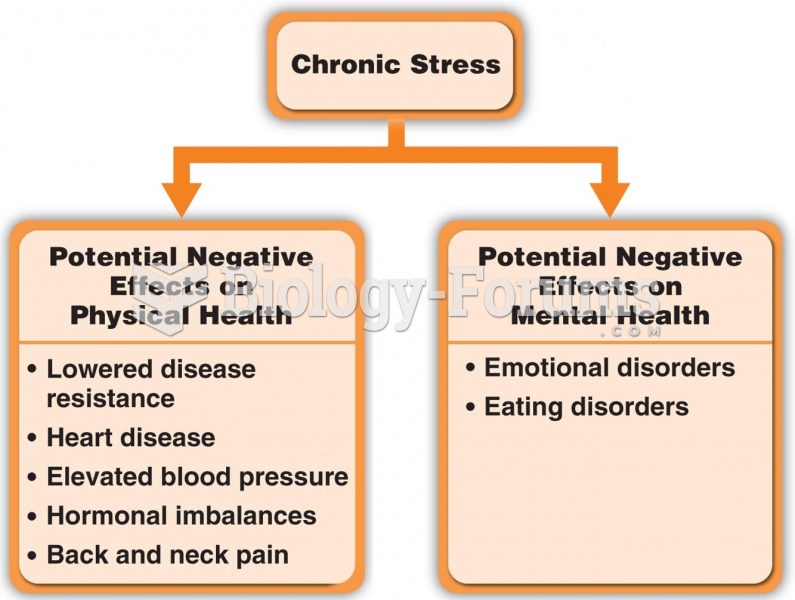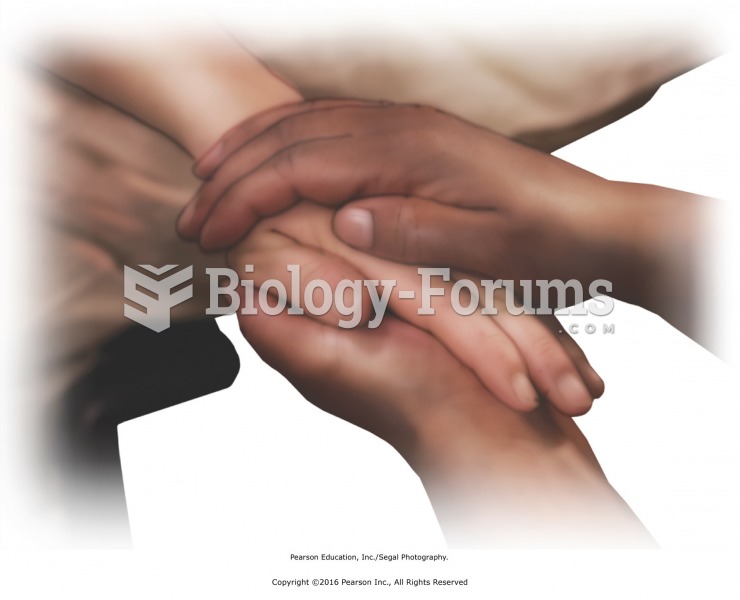Answer to Question 1
Answer:
Helping doesn't always induce good feelings in the helped person. People being helped may experience a loss of self-esteem. If you were to help a disabled person, it might simply remind him/her of his/her disability. Quite naturally, a negative response to help may cause one to conclude that people don't have much in the way of gratitude. If one group has more status than another, often a member of the group with less status may not wish to receive help from a member of the higher-status group. In the chapter, responses to helping were measured for Arab Israelis vs. Jewish Israelis. Arab Israelis (the lower status group in Israel) felt more negatively when helped by a Jewish Israeli, than did Jewish Israelis in the reverse situation. For the Arab Israelis, the help reminded them that they were not equal, that they were dependent.
Difficulty: 3
Answer to Question 2
Answer:
Kin selection theory proposes that behavior is driven by genetic attributes that evolved because they increase the probability of genetic material being transmitted to the next generation. The core idea is that natural selection favors any behaviors that lead to successful reproduction. Helpful behaviors can be adaptive if those behaviors increase the amount of our genetic material that is transmitted to future generations. This implies that we should offer more help more readily to closer relatives than to those who are more distantly related or unrelated to us. It also explains why we are more likely to offer help to a female of reproductive age than to one who is not.
Although altruistic behavior may not benefit the altruistic individual directly, it indirectly benefits the individual because the altruism helps genes that he or she shares with close relatives survive into future generations.







